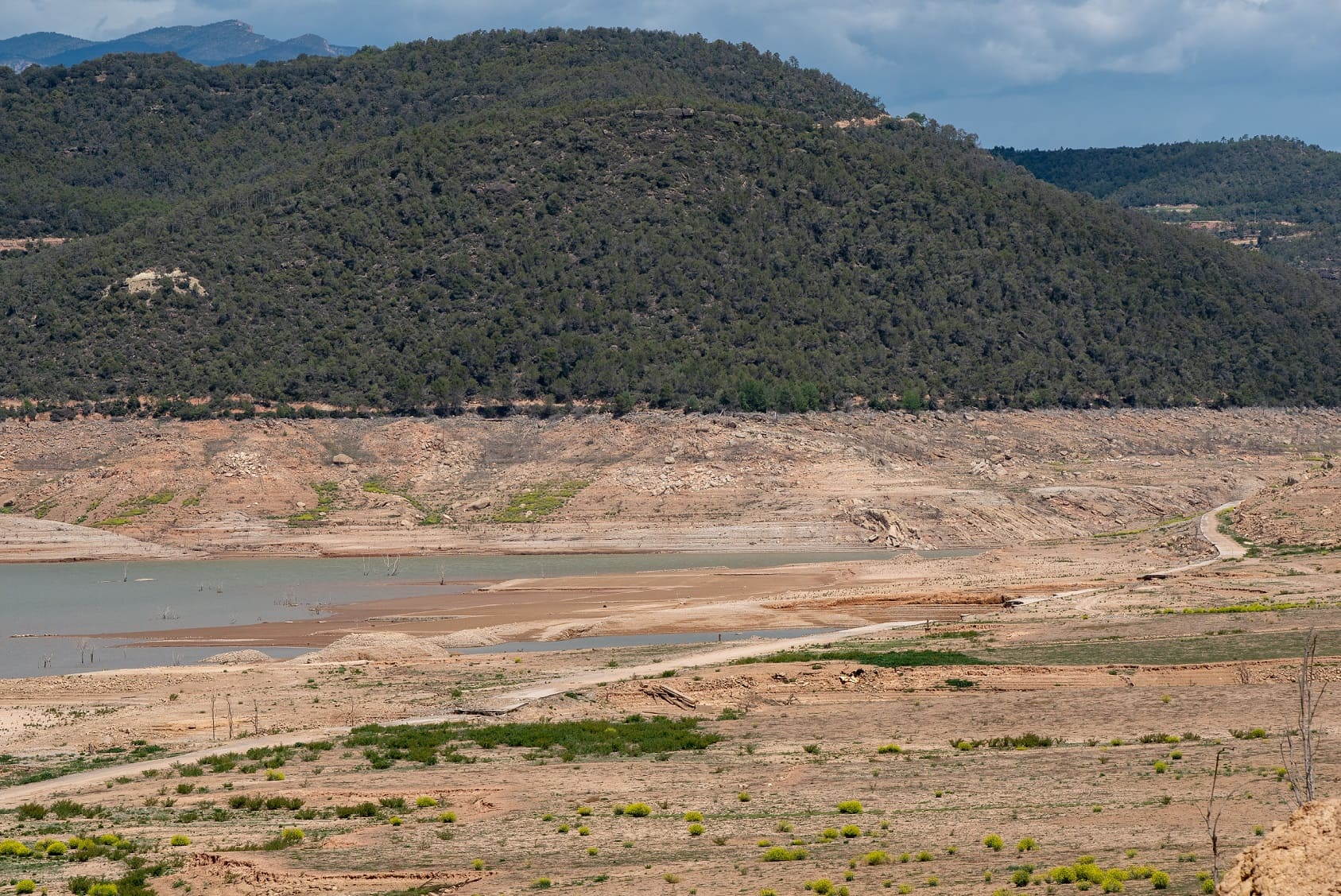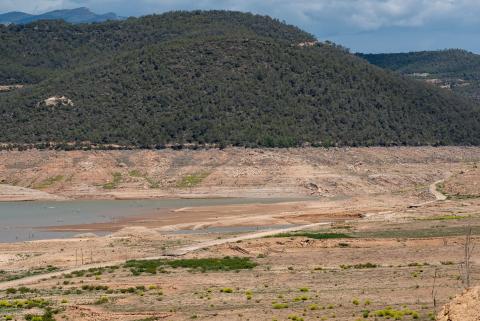A factor related to the atmosphere could influence the increase in the severity of droughts
Atmospheric evaporative demand is a measure of the atmosphere's ability to extract moisture from the soil and influences the availability of water on the Earth's surface. An international team has analysed global drought data from 1901 to 2022 and found that this demand has contributed to a 40% increase in drought severity since 1981. Furthermore, this trend is accelerating and will most likely continue due to climate change, according to the authors. The results are published in the journal Nature.

Ernesto Rodríguez Camino - sequías EN
Ernesto Rodríguez Camino
Senior State Meteorologist and president of Spanish Meteorological Association
Drought is a complex climatic phenomenon, with feedback between the atmosphere and the Earth's surface, which affects both the environment and human societies. Although drought is initially characterised by a prolonged deficit of precipitation that leads to water scarcity, three alternative types of drought must be distinguished, depending on the sector affected and the variables taken as reference:
- Meteorological drought refers to an abnormal and prolonged decrease in precipitation relative to the historical average for a region.
- Hydrological drought refers to a significant decrease in the volume of water in rivers, lakes, reservoirs and aquifers due to a lack of recharge.
- Agricultural drought, which refers to insufficient soil moisture. We can also talk about socio-economic drought, which directly impacts society and the economy when water demand exceeds availability due to the combined effects of the previous types.
Hydrological and agricultural droughts, which are the main focus of this study, use the difference between precipitation and evaporative demand from the atmosphere as an indicator. This demand intensifies the water deficit due to increased evaporation from the soil and transpiration from plants. This study focuses on the analysis of evaporative demand as an essential component of the significant increase in the severity (more intense, more frequent, longer lasting) of droughts. In a context of global warming, this impact of atmospheric evaporative demand on drought severity is expected to continue and increase.
This increase in the frequency, intensity and duration of droughts associated with climate change requires us to take and strengthen adaptation measures related to sustainable water management, agriculture, land use and urban planning, and the protection of natural ecosystems.
Gebrechorkos et al.
- Research article
- Peer reviewed



